Before you lose your mind: How to apply effective mindfulness methods

[4 min read]
Enhance productivity and wellbeing in the workplace and beyond.
Work-life balance and wellbeing is not just about flexible work schedules and office dogs. When we get caught up in the busyness of this world, we lose connection with ourselves. Global tech company IBM believes that wellbeing and employee engagement go hand-in-hand with productivity and profits.
Research shows that mindfulness can help employees take a pre-emptive approach to managing their mental health, stress and their emotions in the workplace, and thus reduce absenteeism, increased productivity and overall staff stress reduction. And as Bill Harris, founder of CentrePointe Research Institute, points out in a recent Forbes article: “If someone can become more creative, have higher levels of pattern-recognition, greater confidence, greater motivation, greater focus, greater concentration, less anxiety and less brain fog, obviously they’re going to be more valuable to a company.”
Mindfulness is nothing else but paying attention to the present moment, being fully aware and meet situations with openness, curiosity and judgement-free. It promotes the relationship with ourselves through meaningful and positive thoughts. After all, everybody needs expert advice from time to time!
Unfortunately, some people lack the tools and skills to achieve that balance at work and in their lives in general. There are a range of inexpensive, effective mindfulness things that will improve wellbeing and thus productivity, including:
- Eating well and regularly
- Keeping active and enjoy fresh air
- Bringing awareness to tasks that we usually do on autopilot
- Doing things with others and invest time in relationships
- Being creative and reinvigorating hobbies neglected due to time restraints
However, in this article, we will focus on just two mindbogglingly simple methods to improve your productivity and wellbeing:
Method 1 – Signing out from the world
One simple method of improving your wellbeing is to introduce regular quiet time into your life. There is no need to attend daily pilates sessions or strike impossible yoga poses – even just sitting quietly for 5 minutes can get you started. Being mindful several times a day is more helpful than a lengthy session or even a weekend retreat. While 20 minutes seems to be the gold standard, starting at a few minutes a day is OK, too.
For best results, psychologist and author Marsha Lucas says: “Mindfulness practice first thing in the morning helps set the ‘tone’ of your nervous system for the rest of the day, increasing the likelihood of other mindful moments.” You can also practise mindfulness while you wait – an otherwise unavoidable source of frustration and nuisance in our fast-paced lives.
Have you tried meditation in the past and given up because you simply cannot stop your mind from wandering? Well, that is only natural and in fact a good thing. Neuroscience research on mindfulness believe that it is this very fact of noticing the ‘busy brain’ and gently bringing it back to the present moment that promotes beneficial brain changes!
Focusing on your breathing is a key element in relaxing and effectively dealing with stress. Turns out that your mother’s advice when you got angry with your siblings was rather to the point: “Just count to 10 and breath”. The simplest form of breathing technique is to close breath through your nose and focus on where you feel the breath on your nostrils. Silently count to 10, 1 – breath in; 2 – breath out; 3 – breath in; 4 – breath out; etc. Then begin again from 1. When you find your mind wandering, simply notice and return your attention to the breath.
There are a range of apps and tools that can guide you through these exercises, but we recommend “Smiling Mind”, a free app with programs suitable to all ages (so you can even create great lifelong habits in your kids if you have any). Most sessions are between 5 and 10 minutes. (Here is the link: https://www.smilingmind.com.au/. Please note that we have no affiliation with this not-for-profit organisation, but simply LOVE what they do.)
Method 2 – Knowing where to draw the line
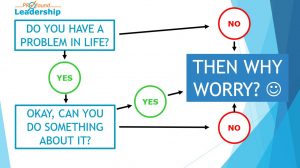
Understandably, this diagram makes sense in theory, but can prove a little trickier to execute in reality. That’s because many of us struggle to follow through and to trust ourselves during stressful and sticky situations. We need to be MINDFUL of and clearly understand what is in our control – and what is not.
There is actually only ONE thing that we have 100% control over, and that is the CERTAINTY WITHIN ourselves. And this ‘Certainty Within’ is based on only TWO things:
- The way we interpret events in life
- and therefore, how we respond to them.
It’s as simple as that; you have 100% control over yourself!
There is a correlation between our internal world (our state of mind or mindset, including our confidence and self-esteem) and the external world (what’s happening outside of us). The more certainty, confidence and control a person has within themselves, the less certainty or control they need in the world they live in. Because they know that they possess the confidence and tools to deal with whatever comes their way, which certainly helps when we get into stressful situations in the workplace.
How you respond will influence the people around you, in other words the environment you live in (workplace, home, sports club etc.). This is your circle of influence, where you have some control. Where your circle of influence stops, is where your control and responsibility stop too. Why? Because it is the other person’s responsibility and choice how they will interpret your response. This is where their control starts.
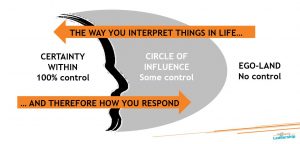
As much as we need to learn to take responsibility for our own action and inaction, as much do we have to learn to let go of other people’s responsibilities and the illusion of being in control of other people. Because, this is where we enter the Ego-land, which is the ultimate illusion of control. So, let’s invest our time and energy into where we can make a difference and achieve an outcome.
Every time you think the problem is out there, you empower what’s out there to control you. Your mind needs to shift from ‘what’s out there has to change first’ to ‘What changes can I make in order to change what’s out there.’
What if?
What would happen if you began to:
- change your perception?
- look at experiences in a different way?
- make smarter decisions
- demonstrate a different attitude
- speak a more positive rather than negative language?
- focus on important things rather than buying into urgency?
- change your environment?
The answers to these questions will most certainly allow you to experience enhanced productivity and wellbeing in the workplace and beyond.
“Knowing is not enough, we must apply. Willing is not enough, we must do.”
~ Bruce Lee
So, please: step back, reflect and be more mindful, so you can manage your stress and enhance your wellbeing by controlling your thinking, actions and emotional state. You will see that you can achieve more with ease and confidence!
“Dare to make a difference!”
#WeMakeItEasy #professionaldevelopment
If you want to know more about leadership skills and Learning & Development Programs
… team up with us, and get PROfound Leadership on your support team!
AUTHOR

Martin Probst - CEO (Chief Education Officer)
If you liked our blog, please feel free to subscribe HERE to ensure you receive a reminder for our upcoming posts.
Please leave your feedback below and don’t forget to share this blog with your work colleagues. So they too can benefit from it. Simply choose your preferred social media on the left.
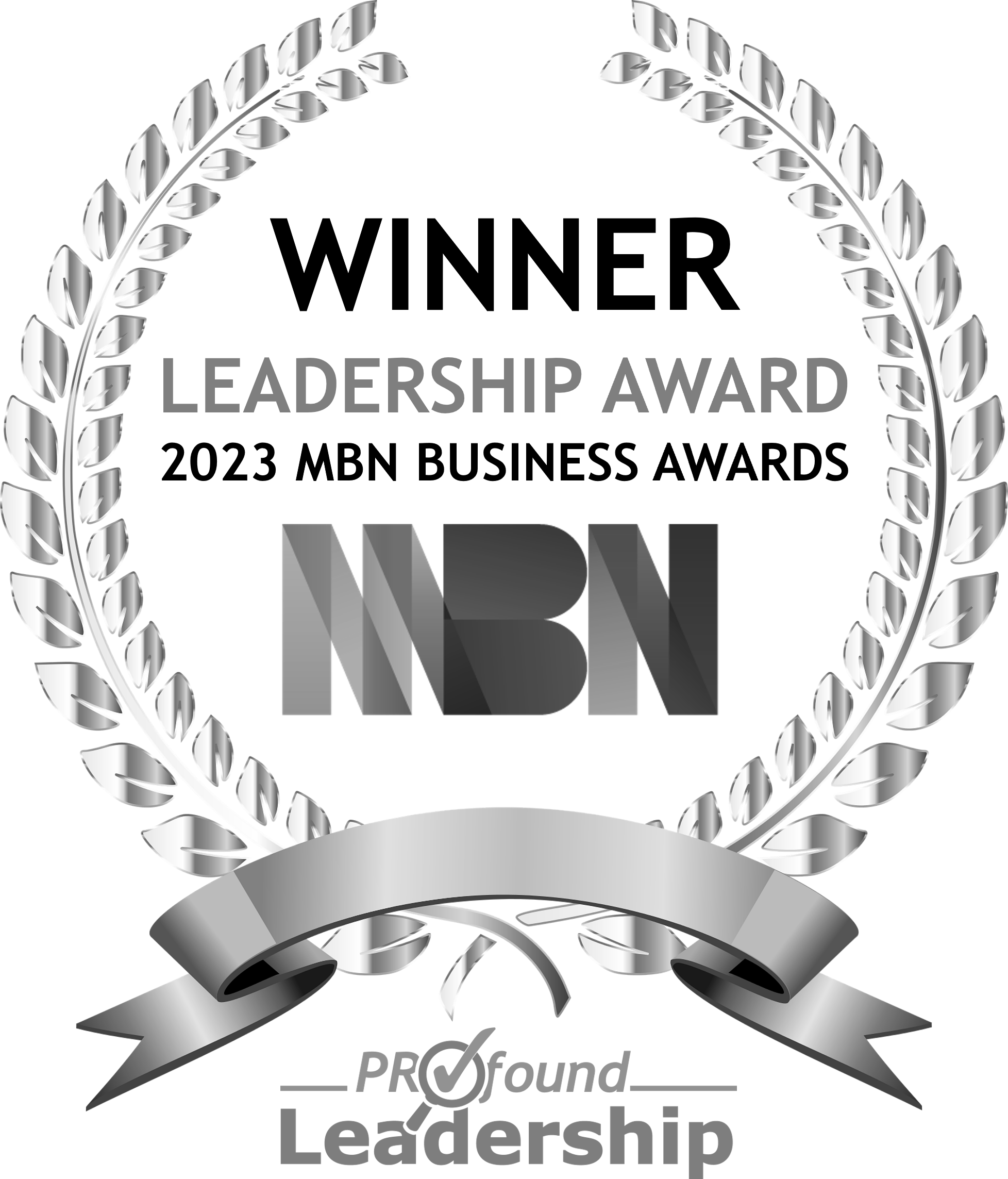
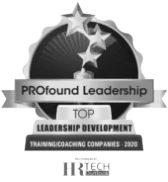

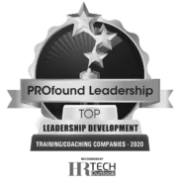

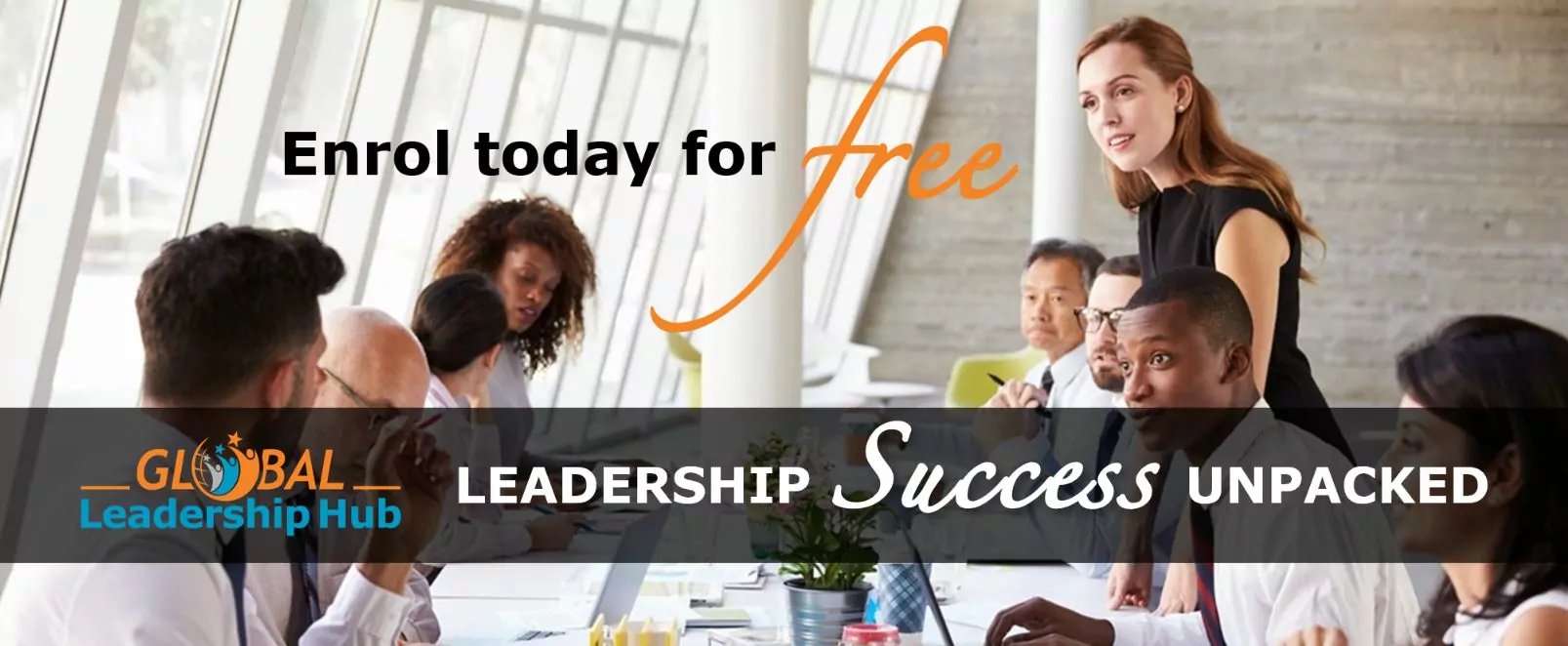
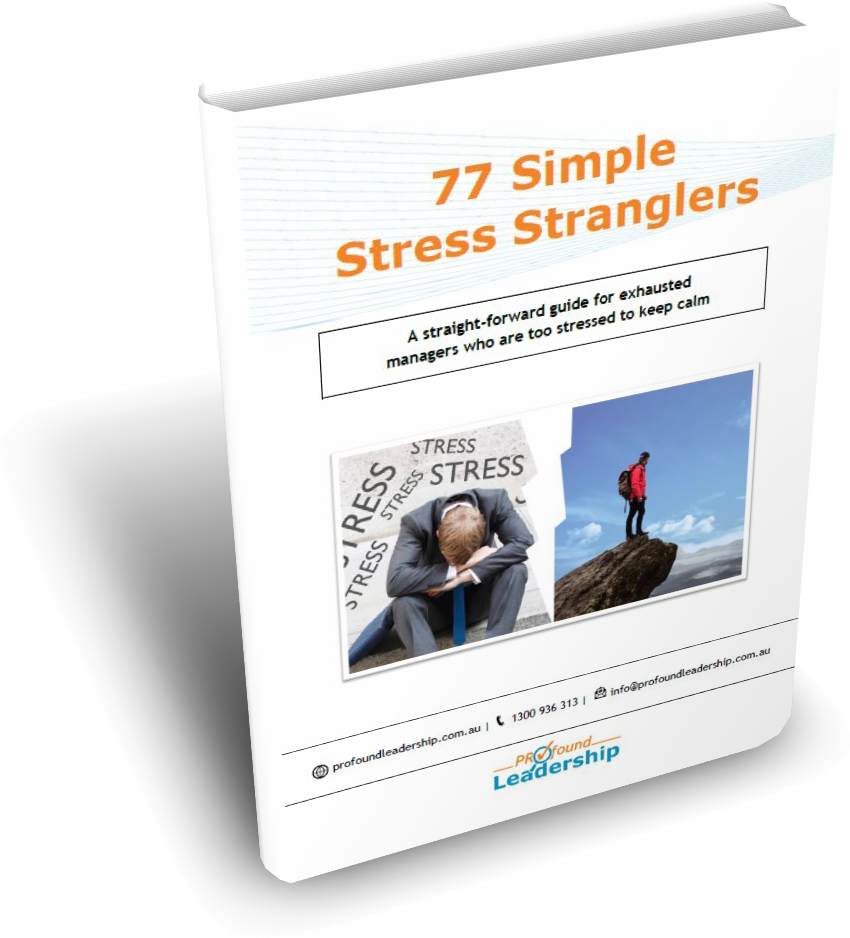 A 10-minute straight-to-the-point "Stress Strangler" every successful manager needs. Join our community and instantly access your FREE download (valued at $47)!
A 10-minute straight-to-the-point "Stress Strangler" every successful manager needs. Join our community and instantly access your FREE download (valued at $47)!